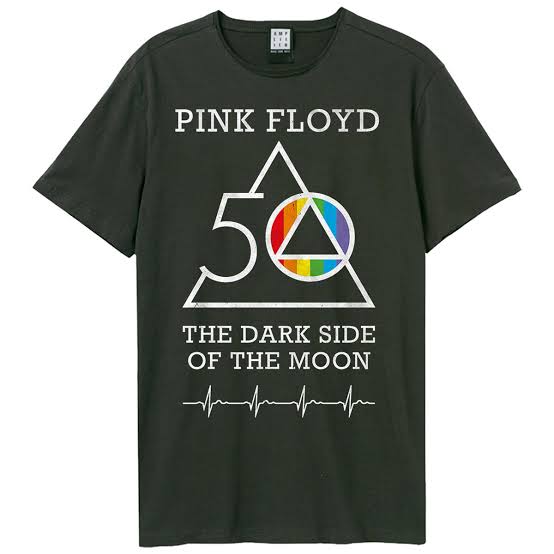Pink Floyd Orders New Global Design for Future Projects
In a move that has surprised and excited both long-time fans and new listeners alike, legendary British rock band Pink Floyd has announced that they are commissioning a fresh global design for their upcoming projects. Known for their iconic album covers, mind-bending visuals, and revolutionary soundscapes, the band’s decision to update their visual identity signals a new chapter in their storied career.
The design initiative, which is expected to span multiple creative fields, including album artwork, stage design, and merchandise, aims to bring the band’s timeless music into the future while honoring its rich legacy. While Pink Floyd has not released a full album in over a decade, their music has remained as influential as ever, with their iconic 1973 album The Dark Side of the Moon continuing to dominate charts and streaming platforms.
The band’s management revealed that the new design would incorporate elements of the band’s past, notably the unmistakable prism from The Dark Side of the Moon cover and the surreal visuals that were a hallmark of their 1970s and 1980s album art. However, Pink Floyd’s creative team is intent on taking these elements to new heights, merging them with modern digital and virtual experiences. They plan to collaborate with cutting-edge design studios and artists from around the world to produce what they’re calling “an immersive visual experience that transcends music.”
“The world of art and design is constantly evolving,” says the band’s spokesperson, “and Pink Floyd has always been at the forefront of innovation. The time has come to revisit our past with a new perspective. We want to inspire the next generation of listeners and creators while still staying true to our roots.”
This initiative comes as part of a larger effort to maintain Pink Floyd’s relevance in an era where visual content is just as important as musical output. The band’s last studio album, The Endless River (2014), was a tribute to their late member Richard Wright and largely consisted of unreleased material. While the band has not committed to producing a new album, there is speculation that new music could accompany the redesigned visuals in the near future.
In recent years, Pink Floyd has re-entered the spotlight in unexpected ways. Their music has been featured in various films, television shows, and commercials, introducing their groundbreaking sound to a younger audience. Moreover, the band’s legacy is being celebrated through multiple high-profile exhibitions, including the traveling Pink Floyd: Their Mortal Remains showcase, which allowed fans to immerse themselves in the band’s history, featuring rare photographs, memorabilia, and interactive displays.
Fans worldwide have reacted enthusiastically to the news of the design overhaul. On social media platforms, dedicated Pink Floyd communities have already begun speculating about the possible direction of the new design. The band’s rich history of collaboration with artists like Storm Thorgerson, whose iconic album covers became synonymous with Pink Floyd’s sound, has set a high bar for whatever comes next.
Industry insiders also see the redesign as an opportunity for Pink Floyd to capitalize on the digital and virtual realities that have become a dominant force in entertainment. The band’s previous use of immersive live shows—such as their ground-breaking The Wall tour—sets a precedent for their ability to push the envelope when it comes to staging and multimedia artistry. The new project promises to extend this boundary-pushing creativity into new realms.
In a statement, Pink Floyd also hinted at a potential world tour to coincide with the global launch of their new design concept. While nothing is official, the prospect of seeing Pink Floyd live once again has sent fans into a frenzy.
As Pink Floyd prepares to unveil their new visual identity, the world watches in anticipation, eager to witness how the band that revolutionized rock music will continue to shape the future of entertainment and artistic expression.
